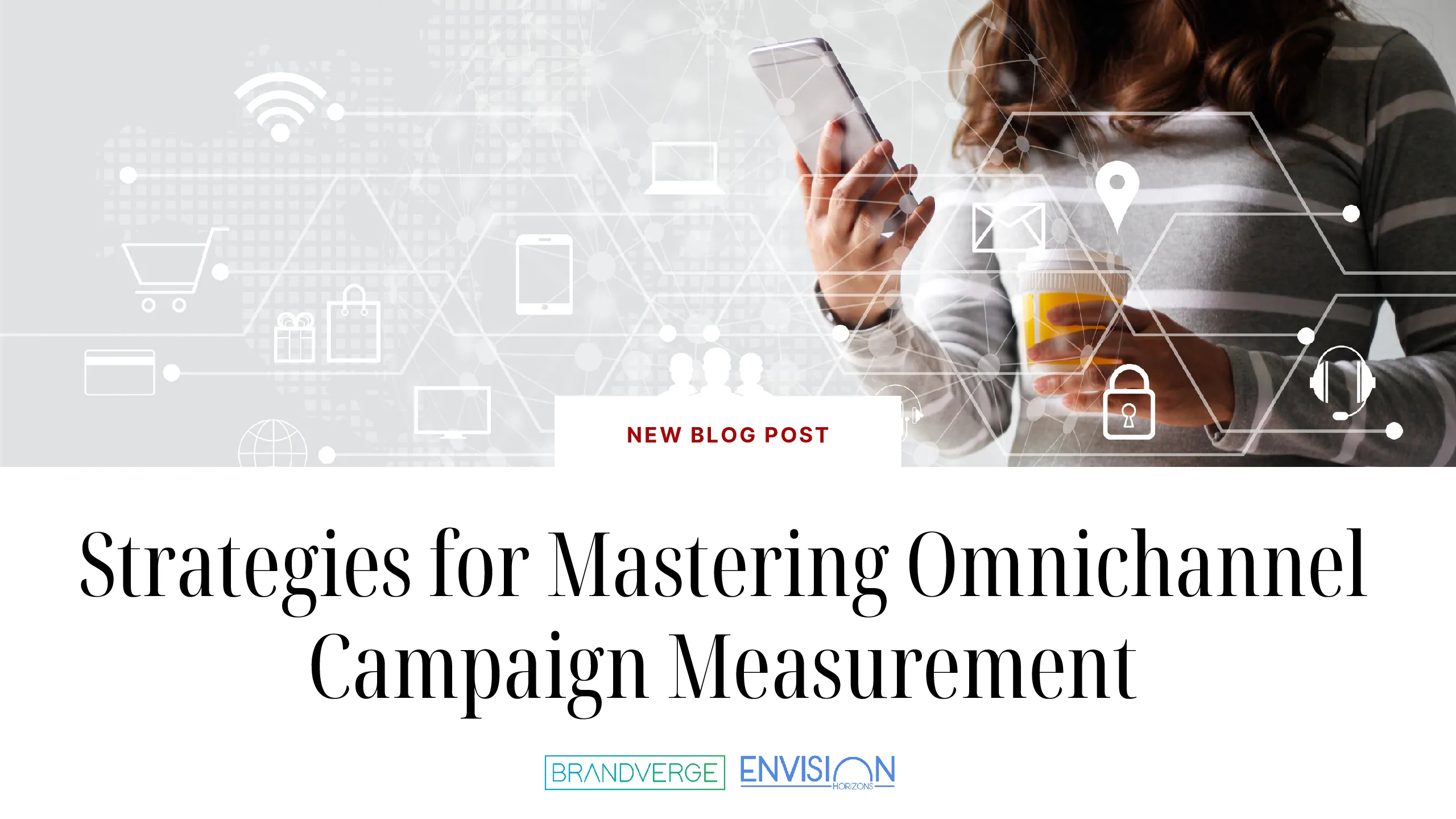Why Measuring Your Omnichannel Campaign Matters
In 2025, people interact with brands everywhere – on Instagram, through email, in stores, and beyond. But how can you tell if your marketing is actually working across all these touchpoints? That’s where omnichannel campaign measurement comes in.
Done right, it helps you connect the dots between different marketing efforts, giving you a clear picture of what’s driving results and where you need to make adjustments. Businesses using omnichannel strategies see purchase rates nearly 3x higher than those using only one channel. The key to success is measuring your impact effectively.
Challenges in Omnichannel Campaign Measurement
Tracking campaign success across different platforms isn’t as easy as counting clicks or sales. Here are some common challenges:
- Scattered Data: Website visits, social media engagement, and in-store purchases are often stored in separate systems, making it tough to connect them.
- Attribution Confusion: If someone sees a social media post, clicks an email, then buys in-store, which touchpoint gets the credit?
- Privacy & Tracking Limits: With regulations like GDPR and the end of third-party cookies, tracking customers is getting more difficult.
- Consumer Behavior Shifts: Shopping habits are constantly changing, so what works today might not work tomorrow.
Imagine a fashion brand running ads on TikTok, sending promo emails, and featuring in-store signage. Online sales go up, but so do returns. Did the campaign work? Without proper measurement, the answer is a guess.
The Must-Track Metrics for Campaign Success
To get a full picture of your marketing impact, focus on these key metrics:
- Customer Engagement: How are people interacting with your brand? Track clicks, time spent on site, and social media shares.
- Conversion Rates: Are customers actually making purchases after seeing your campaigns? This includes both online and in-store sales.
- Customer Lifetime Value (CLV): It’s not just about one purchase; this metric shows how well your strategy builds long-term loyalty.
- Return on Investment (ROI): Compare what you’re spending on ads and marketing tools to the revenue they generate.
- Incremental Lift: How much impact is each channel actually making? For example, did a YouTube ad increase sales beyond what email marketing alone could do?
Strategies for Measuring Omnichannel Campaigns Effectively
Knowing what to measure is one thing, but actually measuring it is another. Here’s how to do it right:
- Unify Your Data: Use tools that integrate different platforms, like linking your CRM (like Salesforce) with analytics (like Google Analytics) to track customer journeys seamlessly.
- Upgrade Your Attribution Models: Move beyond last-click attribution and use multi-touch models that distribute credit across multiple interactions.
- Use Location-Based Tracking: Geo-fencing can help connect digital ads to in-store visits, and promo codes can tie online efforts to offline purchases.
- Test and Optimize: Run A/B tests to see which combinations of channels work best. For example, does pairing Instagram Stories with SMS campaigns outperform email alone?
How We Utilize Omnichannel Campaign Measurement at BrandVerge
At BrandVerge, we’ve developed a comprehensive approach to omnichannel measurement that transforms data into actionable insights. Our strategy goes beyond simple tracking to create a holistic view of customer interactions across all touchpoints.
We’ve built a robust data integration platform that connects:
- Customer Relationship Management (CRM) system
- Web analytics platforms
- Social media engagement tools
- Point-of-sale (POS) systems
- Customer support channels
This interconnected ecosystem allows us to track the customer journey for our clients all the way from the first digital touchpoint to the final purchase, whether online or in-store. This data is fed into dynamic dashboards that our team uses in order to:
- Aggregate data from all channels in real-time
- Highlight key performance indicators (KPIs) at a glance
- Allow for immediate insights and quick strategic pivots
- Showcase customer engagement metrics, conversion rates, and ROI across different platforms
Using the data within these dashboards, we develop a strategic process of experimentation. This process ensures we regularly conduct A/B tests across different channels and messaging, use geo-targeting to understand location-based campaign effectiveness and implement controlled experiments where possible to measure incremental lift from various marketing efforts. This is all supercharged by AI and machine learnings, which unlocks the ability to:
- Develop predictive models to identify high-potential customer segments
- Anticipate customer needs before they arise
- Create personalized marketing strategies based on predicted behaviors
By taking this comprehensive approach, BrandVerge transforms omnichannel measurement from a complex challenge into a strategic advantage, ensuring our marketing efforts are both effective and efficient.
Preparing for the Future of Omnichannel Measurement
Marketing is always evolving, and your measurement approach should too. Stay ahead by:
- Using AI: Predictive analytics can help identify high-value customers before they make a purchase.
- Focusing on First-Party Data: With third-party cookies disappearing, invest in loyalty programs, surveys, and direct customer interactions.
- Adjusting KPIs as Needed: If one social media platform becomes more effective than another, shift your focus accordingly.
Final Thoughts
Measuring your marketing efforts in 2025 isn’t just helpful, it’s essential. A strong omnichannel measurement strategy helps you identify what’s working, optimize your campaigns, and maximize your ROI. Start by auditing your current metrics, integrating your tools, and testing new strategies. Whether you’re a small business or a global brand, mastering omnichannel measurement will set you up for long-term success.


Leave a Reply